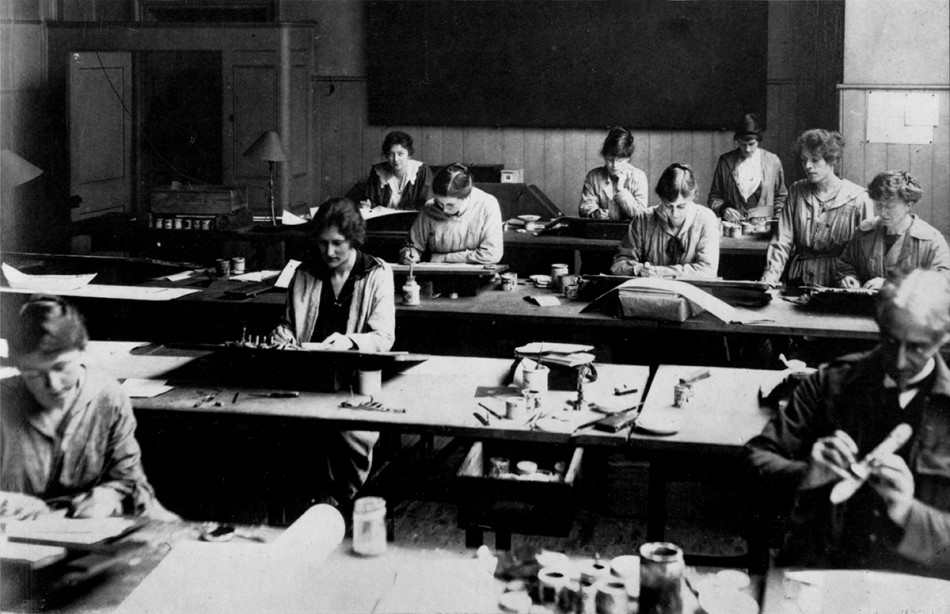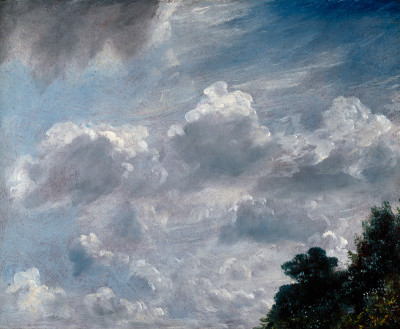Dazzle ships and the Royal Academy
Dazzle ships and the Royal Academy
The RA during the First World War
By Mark Pomeroy and Annette Wickham
Published 6 August 2014
How the RA played a role in the development of a dazzling new form of camouflage.
-
Throughout the week of 4 August 2014, we’re publishing a series of blogs telling the story of the Royal Academy of Arts during the First World War. Read other blogs in the series here.
From the Royal Academy’s annual report for 1917:
“In June the Council were approached by the Director of Naval Equipment, Admiralty, for the loan of a studio in which to conduct painting experiments in the disguise of ships at sea, and the permission was readily given. The experiments were found to be successful in practice, and by September the Admiralty were using five of the Schools.”
This is one of only a few surviving references to the ‘Dazzle’ project at the RA. As the report suggests, this was a new and experimental approach to naval defence. Unlike traditional camouflage, Dazzle did not try to hide targets but instead used optical illusion to disrupt their appearance. Informed by recent developments in modern art, the vessels were painted in contrasting stripes and curves to make it difficult for the enemy to gauge their distance, speed and course.
-

Unidentified photographer, A studio in the Royal Academy Schools, 1917.
Half tone reproduction. 11.5 x 17.7 cm. Royal Academy of Arts.
-
The team at the RA was overseen by the marine painter Norman Wilkinson who was the driving force behind the Dazzle experiment. Unfortunately, the secrecy surrounding this activity means that we know very little about the personnel in the RA unit or exactly how they worked. We do know, however, that most of the RA students involved in creating Dazzle designs were women as, by 1917, the great majority of the male students had been conscripted into the armed forces. Some of them can be seen working on models in the photograph above. The RA Collection includes some of their designs and two miniature model ships (pictured at top) painted in Dazzle finery.
During the First World War, Dazzle was used most extensively on merchant ships rather than Royal Navy vessels, with anecdotal evidence even suggesting that seamen thought the designs were bad luck. The American Navy embraced Dazzle more enthusiastically and continued to use it during the Second World War.
The RA’s Dazzle designs and models are on display in the Library Print Room (next to The Sackler Galleries) from 14 October 2014 – 30 January 2015. The Print Room is open Tuesday-Friday 10am-1pm and 2-5pm.
To coincide with this year’s First World War centenary, the Venezuelan artist Carlos Cruz-Diez has painted a Dazzle ship for the Liverpool Biennial. Carlos Cruz-Diez is represented by four works in the current Royal Academy exhibition Radical Geometry.
Mark Pomeroy is the Royal Academy’s Archivist and Annette Wickham is the Royal Academy’s Curator of Works on Paper.




